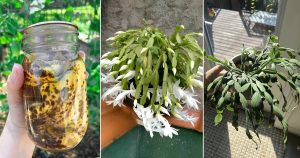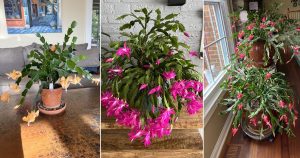Want the jumbo version of a compact succulent? Unfortunately, that’s not possible, but you can make it fill the whole pot using these tips!
Certain succulents look amazing but are simply small in size. You just can’t get enough of them! In this specific scenario, you can’t challenge Mother Nature herself, but you can use ways to make a compact succulent appear to fill the whole pot in just a matter of weeks! Curious to know how? Read on and find out!
How to Make a Compact Succulent Fill the Whole Pot in Weeks
1. Multiple Plants in a Single Container
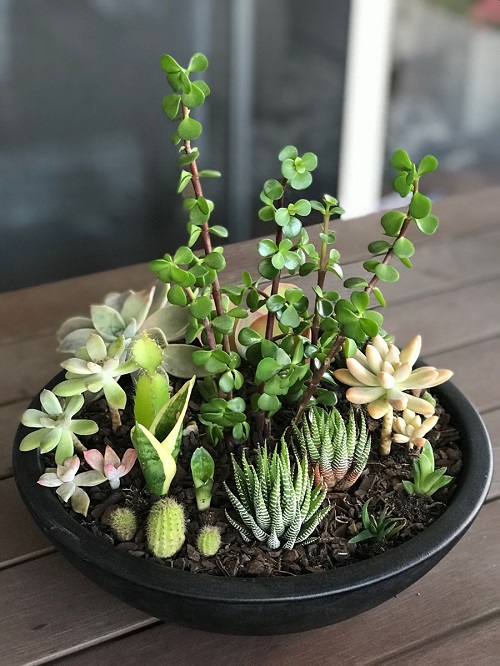
One succulent alone can look a bit lost in a pot. Planting several close together creates the illusion of one fuller plant. It’s strength in numbers, and your pot will look lush in no time.
How to Do it
- Instead of planting a single plant, choose multiple cuttings that have visible nodes, or meristems (the number of cuttings will depend on the succulent’s characteristics and pot size).
- Allow the cut ends of the cuttings to callus to prevent infection.
- Carefully plant the cuttings in a manner so that they are close but do not compete for survival.
Pro tip: Mix different varieties of the same succulent family (like Echeverias) in one pot. Their similar needs but slightly different textures will give a fuller and more eye-catching look.
2. Create Specific Micro-Climates
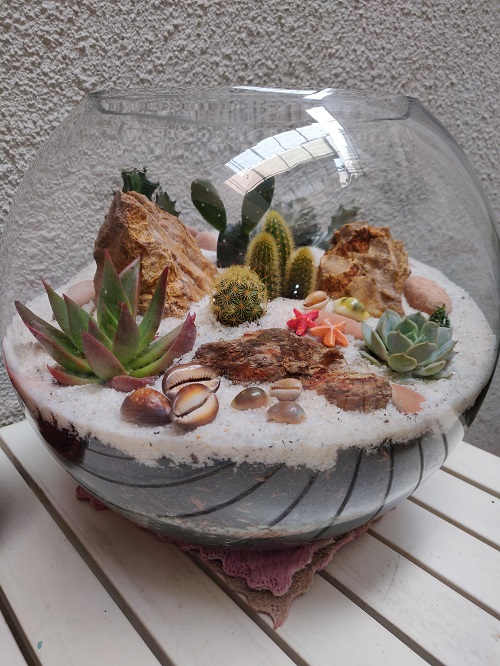
Succulents grow faster when conditions match their natural habitat. A tropical one will thrive in humidity and indirect light, while a desert type craves sun and dry soil.
How to Do it
- The right micro environment will change from succulent to succulent thus you will need to some research about the particularities.
- For moisture-loving plants, creating a terrarium with other companion plants would be the best option.
- For arid succulents, using a sandy substrate, infrequent watering sessions, and a south-facing windowsill would be perfect.
3. Grow with Buddies
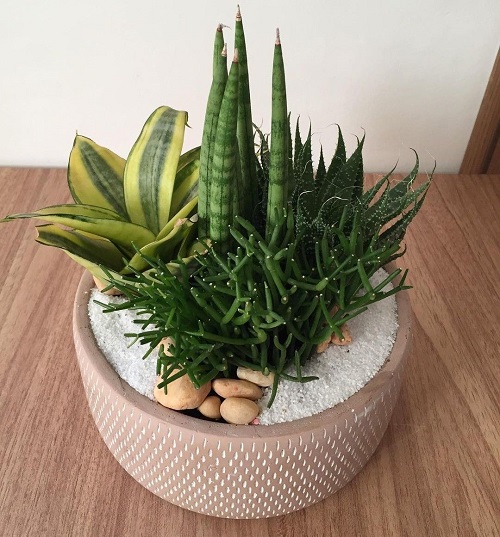
This is similar to the first idea, but instead of planting multiple cuttings of the same plant, you can use companion plants! Although this technically does not help you fill out the pot with your individual succulent, a larger number of plants would need more room and therefore make a snug environment.
How to Do it
- Check if your succulent tolerates companions.
- Choose plants with similar needs.
- Arrange so roots don’t tangle underground.
- Add fillers like moss, sedums, or even pebbles to close gaps while your succulent spreads.
Low-growing fillers like moss, sedums, or even tiny pebbles can visually “close gaps” in the pot while your main succulent slowly spreads.
4. Right Pruning and Pinching
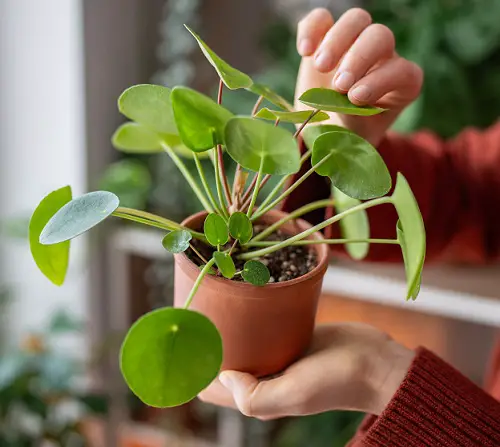
This is the most common way experienced gardeners fill out containers! In fact, it not only works for most succulents but other plants as well. Pinching your plant during its early days reduces apical dominance and encourages lateral growth. More horizontal spread will mean a fuller pot!
Pruning is usually done in more mature plants. By cutting away dead, dying, spent, or excess parts of the plant, you can activate dormant nodes near the cut site, producing newer and healthier growth.
How to Do it:
Pinching: Snap off the top inch with your fingers. Repeat until the plant spreads sideways.
Pruning: You must use sterile scissors to cut just below a node. This wakes up dormant buds. Bonus—you can reuse cuttings for propagation.
5. Pot Shape and Size Matter
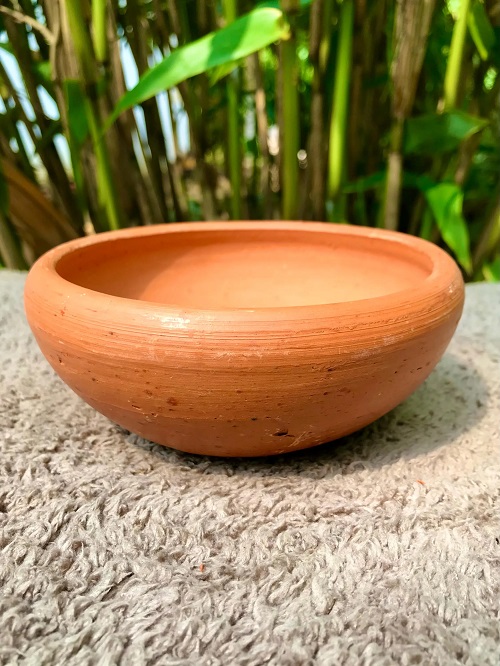
This might seem insignificant, but the shape and size of the pot can significantly influence how your succulent looks and its spread across the pot. A wide mouth or excessively large pot is hard to fill out, even by using the above hacks. It will take your succulent more energy and time to spread out over the surface completely.
How to do it:
- Choose smaller, narrow pots to encourage horizontal growth.
- Dark pots warm soil in cooler months; lighter ones prevent overheating in summer.
- Guide trailing varieties to cover empty spaces.
6. Pre-Root the Plant
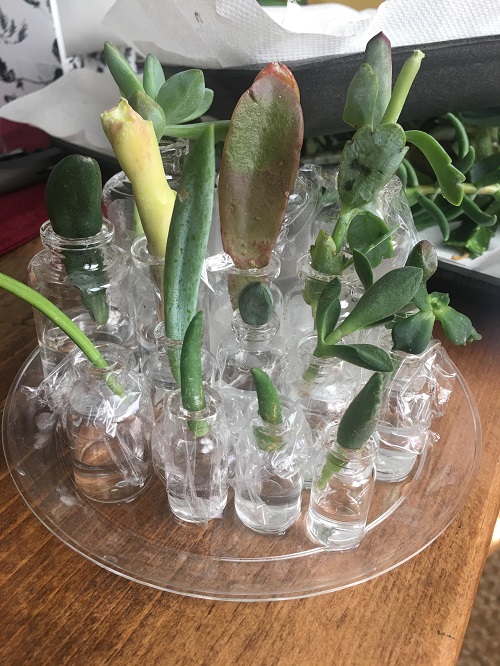
Pre-rooting is the process in which a plant is allowed to form a somewhat developed root system prior to being planted in its final location. This is important as with a stable root, your succulent can acclimate faster and therefore grow quickly without much effect of transplant shock.
How to Do it
- Root cuttings in water or moist coco peat.
- Change water every few days if rooting in jars.
- Wait until roots are about an inch long, then transplant.
- And use a rooting hormone for faster, stronger roots.
7. Use Nutrient Supplements

Sometimes the substrate does not have enough nutritional content to help your plant grow quickly. Here’s when fertilizers come to the rescue.
Since nitrogen is essential for foliage production and potassium and magnesium help the blooming process, it is wise to use a balanced fertilizer with an NPK ratio of 10:10:10 to be on the safer side.
How to Do it
- You can use a diluted, balanced fertilizer (10:10:10) once a month in the growing season.
- Skip feeding during dormancy.
- Don’t overdo it—too much causes salt buildup.
- For a natural boost, sprinkle crushed eggshells or used coffee grounds lightly.
Now that you know how to make a compact succulent take over an entire pot, let us know in the comment section what other aspects of a plant you would like to enhance!



